10 Ways to Learn About Weather In Your Own Backyard
My 8 year old received a weather station this past Christmas and promptly began begging us to set it up. It took us awhile, but we finally did it – just in time to be able to put the rain gauge to good use! Although our store bought weather station works great, you don’t even need that to help kids learn about weather right in your own backyard.
With young children, learning about the weather starts with simply looking outside and observing the sky. Just paying attention is a great first step! Older kids may enjoy simple experiments and tracking weather – both of which can be done easily in your yard. Here are a few ideas for doing just that.
Exploring Rain
1. Make a rain gauge: Kids can measure rain levels by making a simple rain gauge from a recycled bottle. All you need is an empty, clear plastic bottle (larger ones work better). Cut off the top of the bottle for an opening. Then measure out and use a permanent marker to indicate the levels on the outside of the bottle. Place the gauge outside in an open area away from trees and branches. If you’re concerned it might blow over, attach it to a wooden stake and wedge it into the dirt.
Check your rain gauge after it rains. You can record the readings if you like. Then empty the gauge so you’ll be ready to measure the next rainfall.
2. Making rain experiment: Try this experiment for making rain (via Ms D’s Garden).
Exploring Wind
Wind is air in motion. It’s easy enough for kids to feel and hear, and sometimes even to see.
3. Feel the wind: Kids can feel the wind by spreading their arms out and trying to push against it. You can hear the wind by listening to it howl, and lighter winds can be heard by hanging wind chimes. You can see the wind when trees blow.
4. Make pinwheels: Make pinwheels (here’s a simple pinwheel tutorial) and take them out into your garden when the wind blows. Experiment to see which way the wind is blowing.
Exploring the Sun
Learning about the sun starts by comparing the temperature on a warm day in the shade with a spot in the sun. Which is warmer and by how much?
5. Track shadows: Shadow experiments are a fun way to learn more about the sun. Place a large piece of paper on the ground in a sunny part of your yard. Place a tall object on top (like a water bottle) and trace the object’s shadow. Come back a an hour later and trace the object’s shadow again. Repeat one more time. What happens to the shadow over time? Why?
6. Make sun prints: Harness the power of the sun to make sun prints with sunography paper – you’ll find it here via Amazon (affiliate link).
Exploring Clouds
Do your kids like playing the cloud watching game? Watching clouds is the best way to begin to learn more about them. Kids can even draw or paint the clouds they see from one day to the next.
7. Compare clouds with a cloud viewer: Make a cloud viewer with this printable from Full of Great Ideas and try identifying the types of clouds you see.
Exploring Temperature
8. Track the weather: One of the simplest ways to learn about the weather is to track the weather conditions and daily temperature. Kids can chart the temperature and compare the difference between temperatures for each weather condition.
9. Make your own thermometer: Follow this tutorial for making your own thermometer (via What Do We Do All Day?) and compare the temperature in different places around your yard, comparing sunny to shady positions.
Exploring Snow
10. Measure snow: If you’re lucky enough to have snowfall where you live take simple measurements with a ruler to track how much snow is on the ground. Place a thermometer in the snow to determine its temperature too.
BONUS: Printable Weather Chart – Display the daily weather in your home or classroom with our free printable weather chart. Print your copy here.

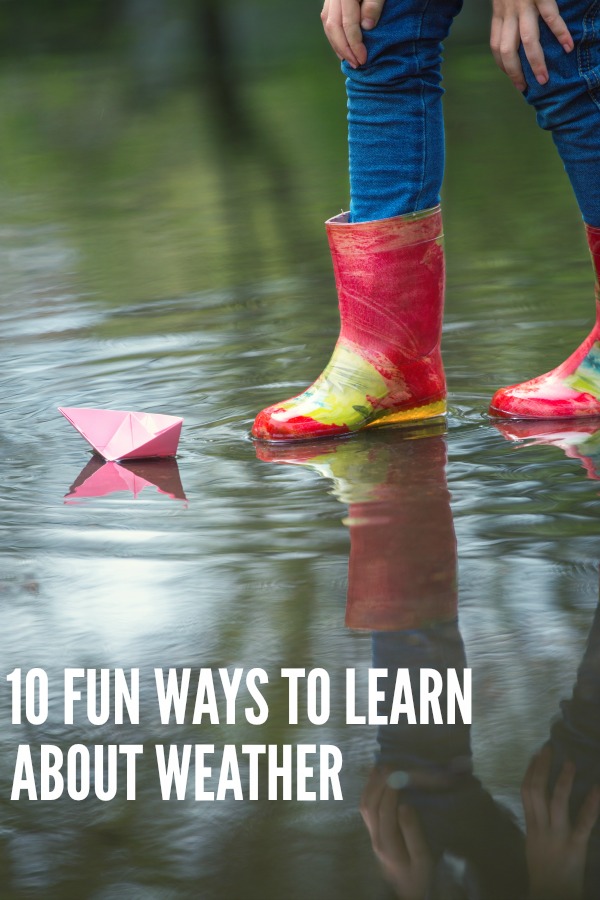
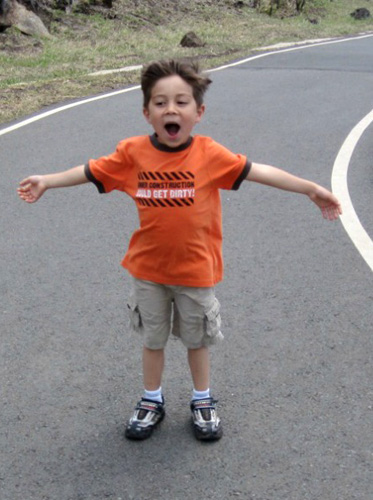
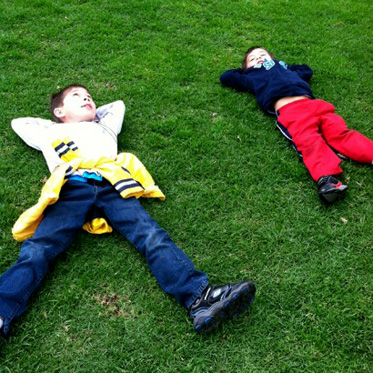
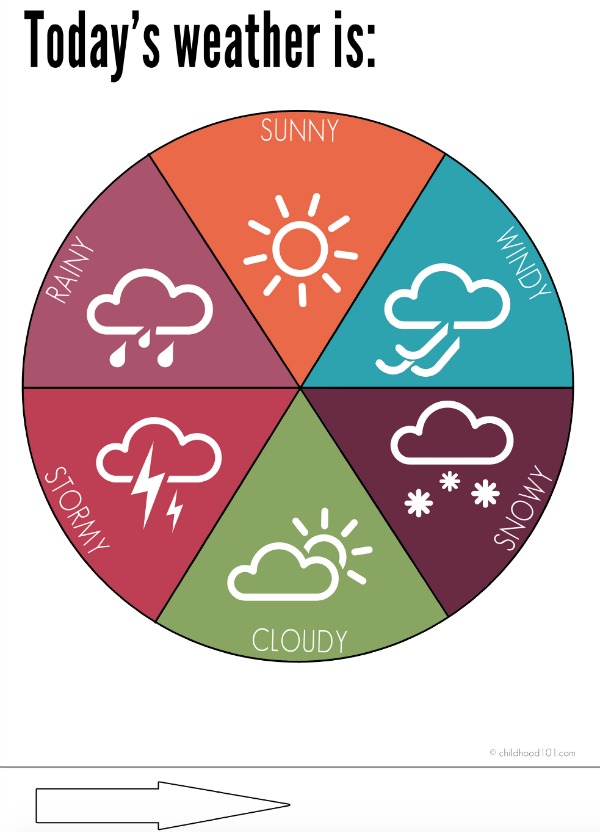
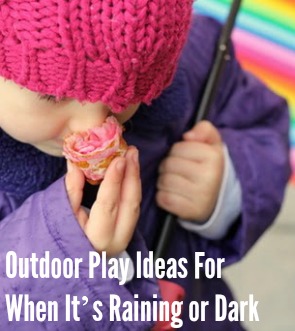

I can see kids are more enthusiastic about weather these days. For them weather units are like toy from which they can get new information. I totally support your view of making weather units instead of purchasing.. This way kids will also become more creative.